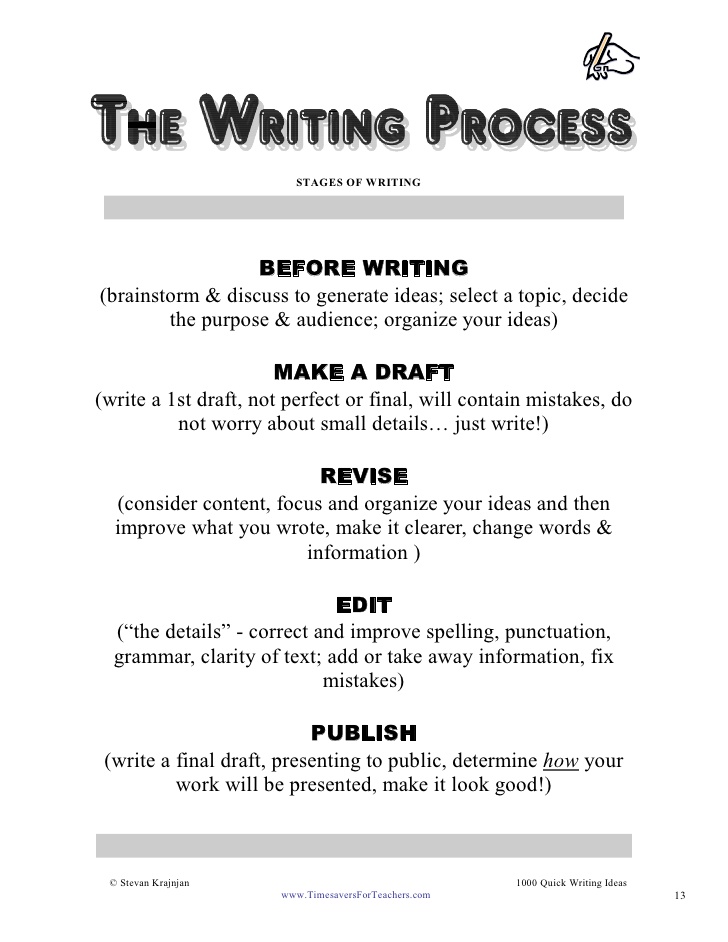

Hotline: 0906 201 222
Bạn đang quan tâm đến các bài mẫu IELTS Writing Task 1 phải không? Vậy hãy đọc ngay bài viết dưới đây để nhận được những bài mẫu cực hay từ các cao thủ 8.0 IELTS nhé!
Nếu muốn phát triển khả năng Writing thì không có cách nào khác ngoài việc bạn phải viết thật nhiều.
Viết bất chấp, viết về những thứ mà bạn thích, bạn đam mê mỗi ngài. Như vậy, mới giúp bạn sử dụng từ vựng và viết tốt hơn.
Bên cạnh đó, bạn cũng cần kết hợp tham khảo những tips và bài mẫu đi trước để mở rộng vố từ vựng, cùng cách thu lượm thêm cách diễn đạt để ghi điểm cho bài thi của Writing Task 1 của mình.
Những bài viết dưới đây đều được Aland chọn lọc từ các bài viết hay nhất, được đánh giá, cũng như có số điểm cao trong kỳ thi IELTS. Sẽ mang đến cho bạn cách triển khai ý và sử dụng từ vựng, ngữ pháp một cách hiệu quả nhất để tạo ra một bài viết hay.
Nhưng trước tiên, nếu vẫn chưa rõ về Task 1, các bạn có thể tham khảo thêm Hướng dẫn cách viết IELTS Writing Task 1 cho người mới bắt đầu nhé!
Xem thêm:

Trên đây là 5 bước vô cùng quan trọng giúp bạn tạo ra một bài viết hấp dẫn. Tham khảo ngay và viết bài
➥ Mẹo cho dạng bài Line Graph
Dạng biểu đồ luôn thể hiện sự biến đổi của các thông số theo thời gian. Dưới đây là một số lời khuyên để bạn mô tả bài viết này một cách dễ dàng hơn.
➥ Samples: International migration in UK

The chart gives information about UK immigration, emigration and net migration between 1999 and 2008.
Both immigration and emigration rates rose over the period shown, but the figures for immigration were significantly higher. Net migration peaked in 2004 and 2007.
In 1999, over 450,000 people came to live in the UK, while the number of people who emigrated stood at just under 300,000. The figure for net migration was around 160,000, and it remained at a similar level until 2003. From 1999 to 2004, the immigration rate rose by nearly 150,000 people, but there was a much smaller rise in emigration. Net migration peaked at almost 250,000 people in 2004.
After 2004, the rate of immigration remained high, but the number of people emigrating fluctuated. Emigration fell suddenly in 2007, before peaking at about 420,000 people in 2008. As a result, the net migration figure rose to around 240,000 in 2007, but fell back to around 160,000 in 2008.
(159 words)
➥ Samples: Levels of participatio
The charts below show the levels of participation in education and science in developing and industrialised countries in 1980 and 1990.

The three bar charts show average years of schooling, numbers of scientists and technicians, and research and development spending in developing and developed countries. Figures are given for 1980 and 1990.
It is clear from the charts that the figures for developed countries are much higher than those for developing nations. Also, the charts show an overall increase in participation in education and science from 1980 to 1990.
People in developing nations attended school for an average of around 3 years, with only a slight increase in years of schooling from 1980 to 1990. On the other hand, the figure for industrialised countries rose from nearly 9 years of schooling in 1980 to nearly 11 years in 1990.
From 1980 to 1990, the number of scientists and technicians in industrialised countries almost doubled to about 70 per 1000 people. Spending on research and development also saw rapid growth in these countries, reaching $350 billion in 1990. By contrast, the number of science workers in developing countries remained below 20 per 1000 people, and research spending fell from about $50 billion to only $25 billion.
(187 words)
➥ Mẹo cho dạng bài Table:
Bảng sẽ rất khó khăn khi chúng chứa rất nhiều số liệu. Vậy nên đây là một số lời khuyên cho bạn:
➥ Samples: Poverty proportion in Australia
The table below shows the proportion of different categories of families living in poverty in Australia in 1999.

The table gives information about poverty rates among six types of household in Australia in the year 1999.
It is noticeable that levels of poverty were higher for single people than for couples, and people with children were more likely to be poor than those without. Poverty rates were considerably lower among elderly people.
Overall, 11% of Australians, or 1,837,000 people, were living in poverty in 1999. Aged people were the least likely to be poor, with poverty levels of 6% and 4% for single aged people and aged couples respectively.
Just over one fifth of single parents were living in poverty, whereas only 12% of parents living with a partner were classed as poor. The same pattern can be seen for people with no children: while 19% of single people in this group were living below the poverty line, the figure for couples was much lower, at only 7%.
(150 words, band 9.0)
➥ Samples:

The pie charts compare the amount of electricity produced using five different sources of fuel in two countries over two separate years.
Total electricity production increased dramatically from 1980 to 2000 in both Australia and France. While the totals for both countries were similar, there were big differences in the fuel sources used.
Coal was used to produce 50 of the total 100 units of electricity in Australia in 1980, rising to 130 out of 170 units in 2000. By contrast, nuclear power became the most important fuel source in France in 2000, producing almost 75% of the country’s electricity.
Australia depended on hydro power for just under 25% of its electricity in both years, but the amount of electricity produced using this type of power fell from 5 to only 2 units in France. Oil, on the other hand, remained a relatively important fuel source in France, but its use declined in Australia. Both countries relied on natural gas for electricity production significantly more in 1980 than in 2000.
(170 words)
➥ Samples: Village of Chorleywood

The map shows the growth of a village called Chorleywood between 1868 and 1994.
It is clear that the village grew as the transport infrastructure was improved. Four periods of development are shown on the map, and each of the populated areas is near to the main roads, the railway or the motorway.
From 1868 to 1883, Chorleywood covered a small area next to one of the main roads. Chorleywood Park and Golf Course is now located next to this original village area. The village grew along the main road to the south between 1883 and 1922, and in 1909 a railway line was built crossing this area from west to east. Chorleywood station is in this part of the village.
The expansion of Chorleywood continued to the east and west alongside the railway line until 1970. At that time, a motorway was built to the east of the village, and from 1970 to 1994, further development of the village took place around motorway intersections with the railway and one of the main roads.
(174 words)
➥ Mẹo cho dạng bài Process
Sơ đồ quy trình cho thấy các bước hay giai đoạn để thực hiện một điều gì đó. Dưới đây là một số lời khuyên về cách mô tả bài viết này:
➥ Samples: Forecast in Australia

The figure illustrates the process used by the Australian Bureau of Meteorology to forecast the weather.
There are four stages in the process, beginning with the collection of information about the weather. This information is then analysed, prepared for presentation, and finally broadcast to the public.
Looking at the first and second stages of the process, there are three ways of collecting weather data and three ways of analysing it. Firstly, incoming information can be received by satellite and presented for analysis as a satellite photo. The same data can also be passed to a radar station and presented on a radar screen or synoptic chart. Secondly, incoming information may be collected directly by radar and analysed on a radar screen or synoptic chart. Finally, drifting buoys also receive data which can be shown on a synoptic chart.
At the third stage of the process, the weather broadcast is prepared on computers. Finally, it is delivered to the public on television, on the radio, or as a recorded telephone announcement.
(170 words)
➥ Tải full bài mẫu IELTS Writing Task 1 tại đây nha:
Hy vọng với những bài mẫu IELTS Writing task 1 cực kỳ thú vị ở trên, sẽ cho bạn nguồn tài liệu tham khảo vô cùng phong phú, giúp ban có định hướng rõ ràng và chinh phục bài thi Writing một cách hiệu quả. Cũng như ẵm trọn số điểm của phần thi này.
Chúc các bạn thành công!